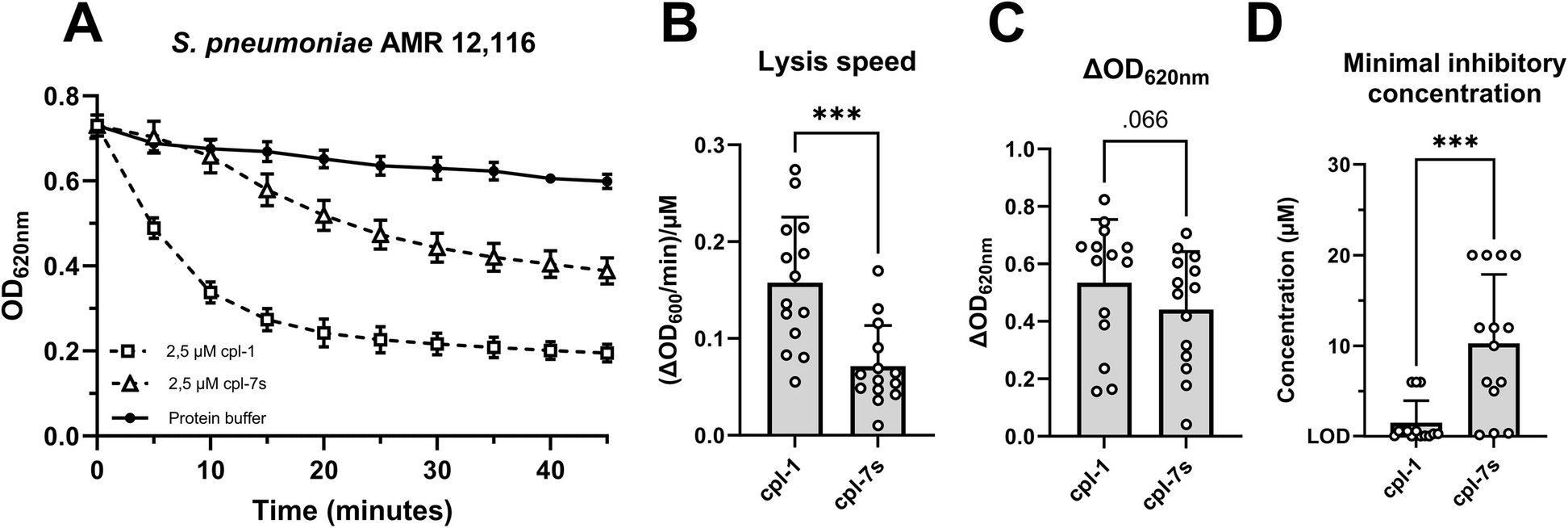2025-05-07 フランス国立科学研究センター(CNRS)

Ferroptosis diagram. Iron is internalized in the cell via the protein CD44 present on its surface, allowing it to acquire metastatic properties and tolerance to standard treatments through epigenetic reprogramming, which plays a key role in cell adaptation. The activation of lysosomal iron by a phospholipid degrader causes the oxidation and rupture of cell membranes, leading to cell death.
<関連情報>
- https://www.cnrs.fr/en/press/new-class-molecules-against-cancer-cells-refractory-standard-treatments
- https://www.nature.com/articles/s41586-025-08974-4
ライソゾーム鉄の活性化が癌におけるフェロプトーシスを誘発する Activation of lysosomal iron triggers ferroptosis in cancer
Tatiana Cañeque,Leeroy Baron,Sebastian Müller,Alanis Carmona,Ludovic Colombeau,Antoine Versini,Stéphanie Solier,Christine Gaillet,Fabien Sindikubwabo,Julio L. Sampaio,Marie Sabatier,Eikan Mishima,Armel Picard-Bernes,Laurène Syx,Nicolas Servant,Bérangère Lombard,Damarys Loew,Jiashuo Zheng,Bettina Proneth,Leishemba K. Thoidingjam,Laurence Grimaud,Cameron S. Fraser,Krystina J. Szylo,Emma Der Kazarian,… Raphaël Rodriguez
Nature Published:07 May 2025
DOI:https://doi.org/10.1038/s41586-025-08974-4
Abstract
Iron catalyses the oxidation of lipids in biological membranes and promotes a form of cell death called ferroptosis1. Defining where this chemistry occurs in the cell can inform the design of drugs capable of inducing or inhibiting ferroptosis in various disease-relevant settings. Genetic approaches have revealed suppressors of ferroptosis2,3,4; by contrast, small molecules can provide spatiotemporal control of the chemistry at work5. Here we show that the ferroptosis inhibitor liproxstatin-1 exerts cytoprotective effects by inactivating iron in lysosomes. We also show that the ferroptosis inducer RSL3 initiates membrane lipid oxidation in lysosomes. We designed a small-molecule activator of lysosomal iron—fentomycin-1—to induce the oxidative degradation of phospholipids and ultimately ferroptosis. Fentomycin-1 is able to kill iron-rich CD44high primary sarcoma and pancreatic ductal adenocarcinoma cells, which can promote metastasis and fuel drug tolerance. In such cells, iron regulates cell adaptation6,7 while conferring vulnerability to ferroptosis8,9. Sarcoma cells exposed to sublethal doses of fentomycin-1 acquire a ferroptosis-resistant cell state characterized by the downregulation of mesenchymal markers and the activation of a membrane-damage response. This phospholipid degrader can eradicate drug-tolerant persister cancer cells in vitro and reduces intranodal tumour growth in a mouse model of breast cancer metastasis. Together, these results show that control of iron reactivity confers therapeutic benefits, establish lysosomal iron as a druggable target and highlight the value of targeting cell states10.


